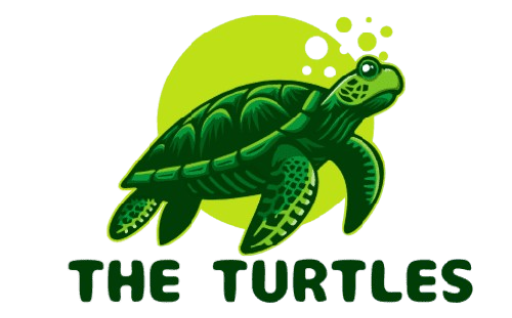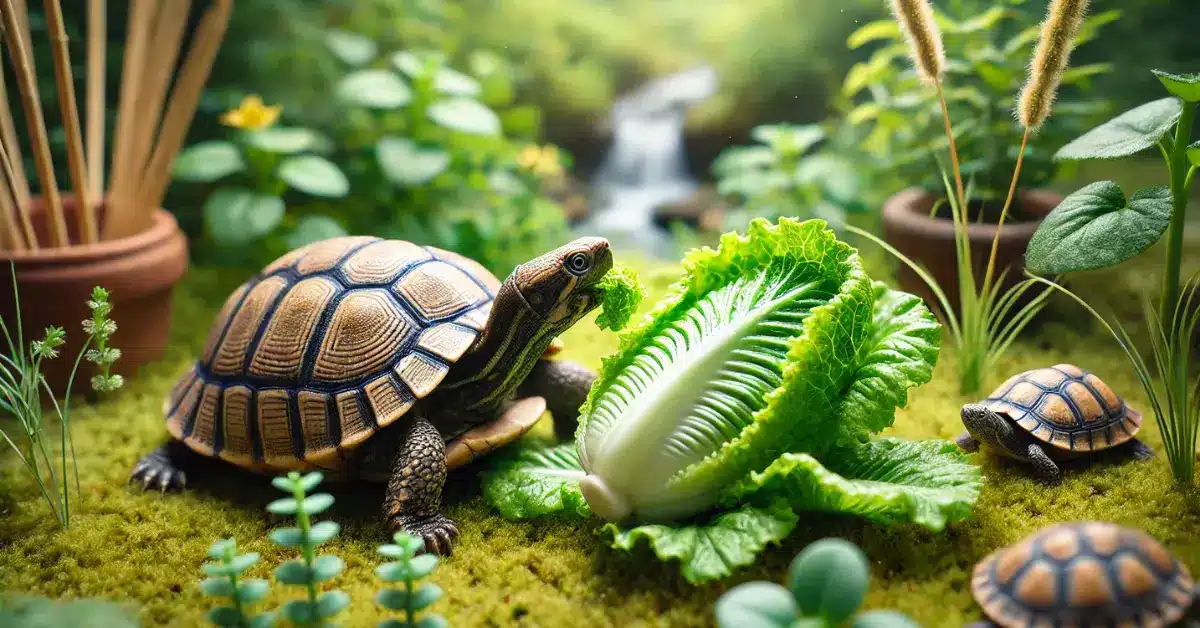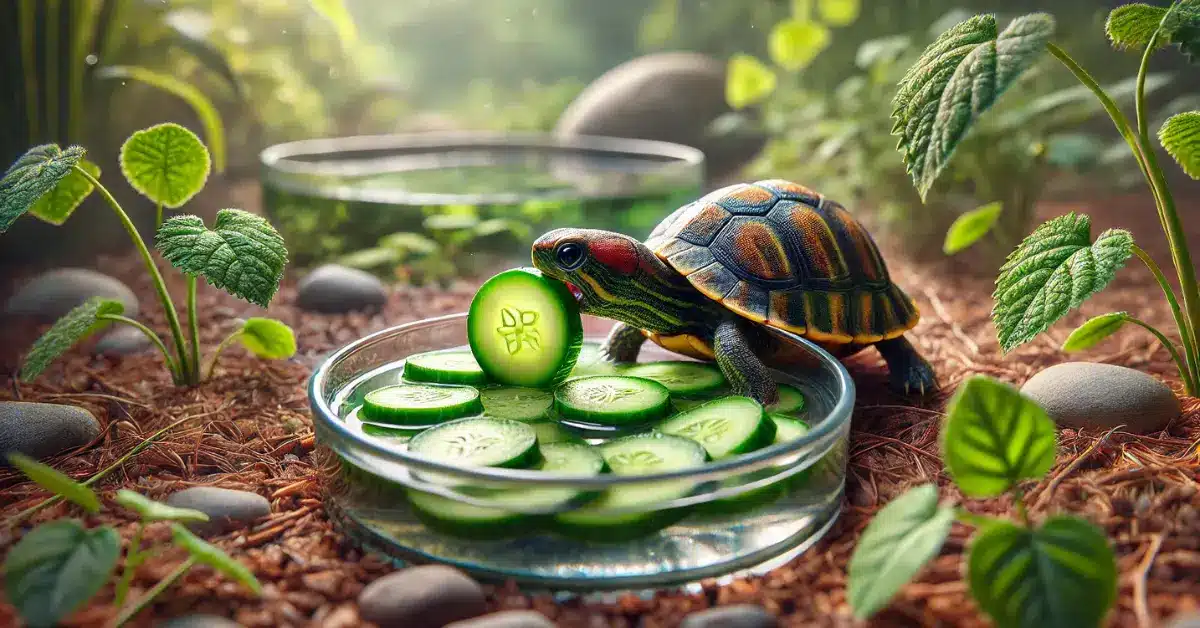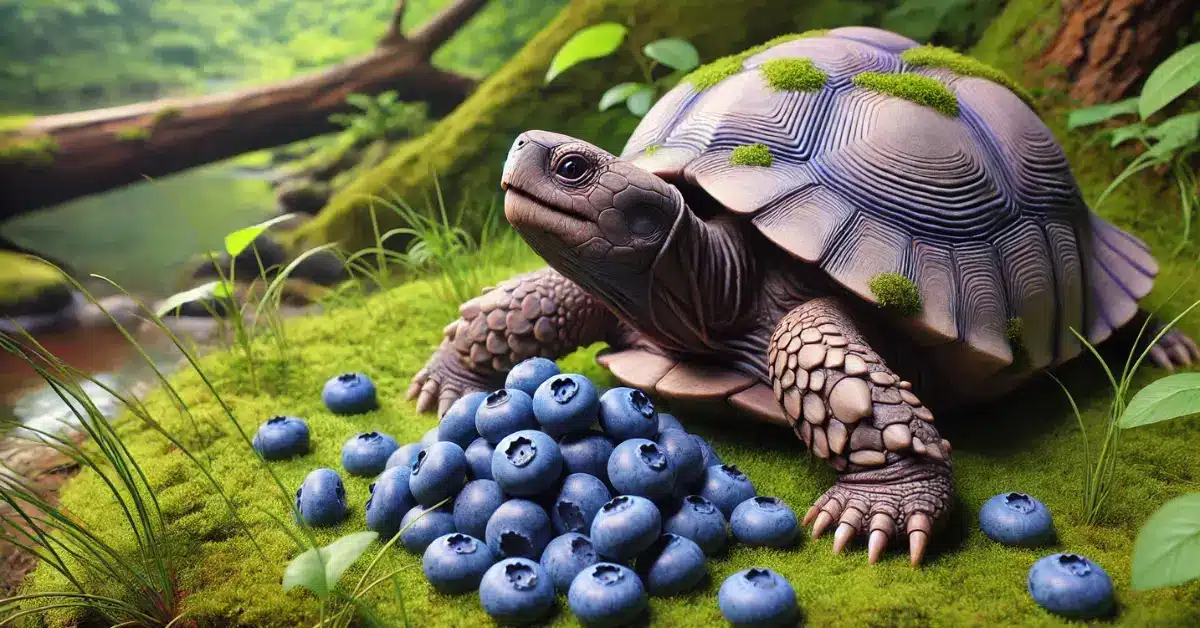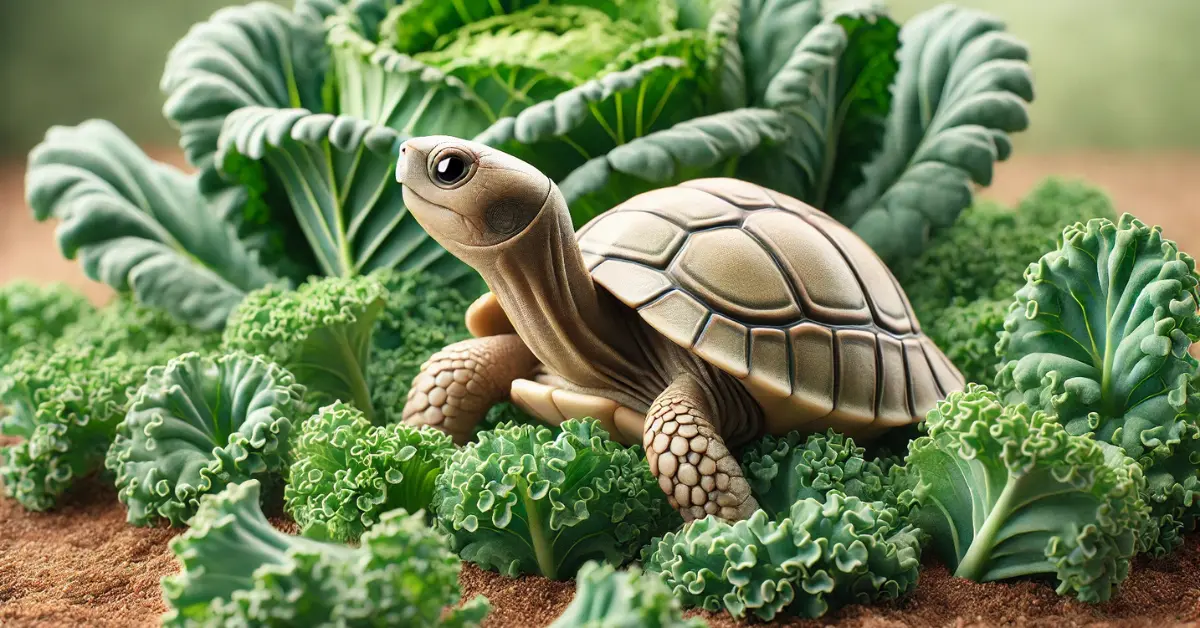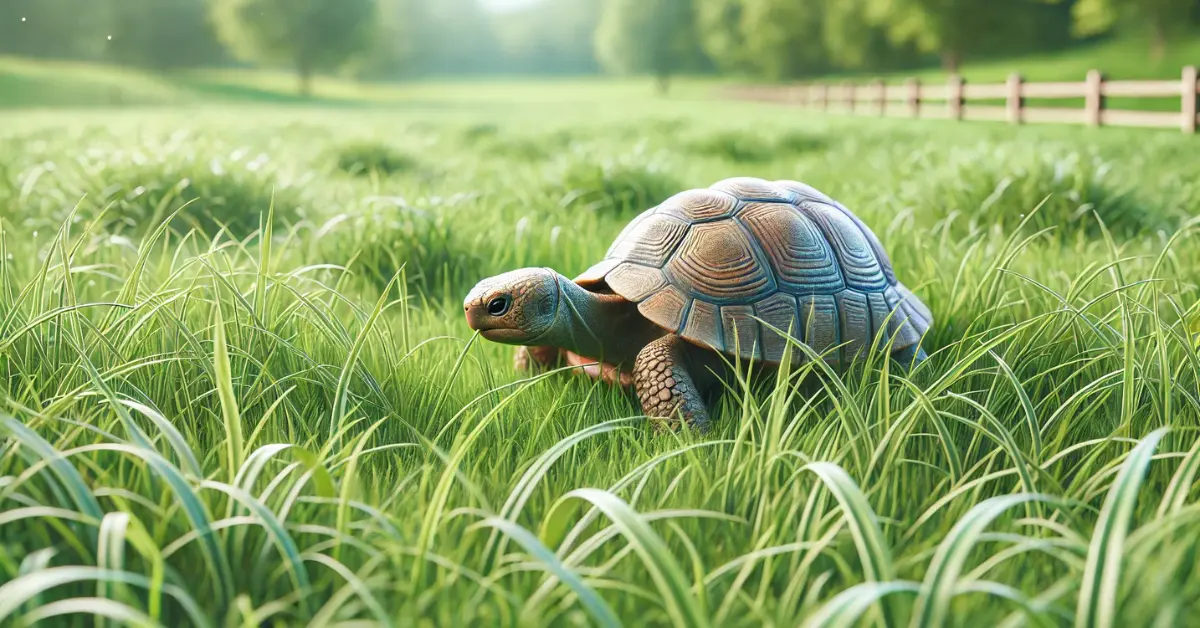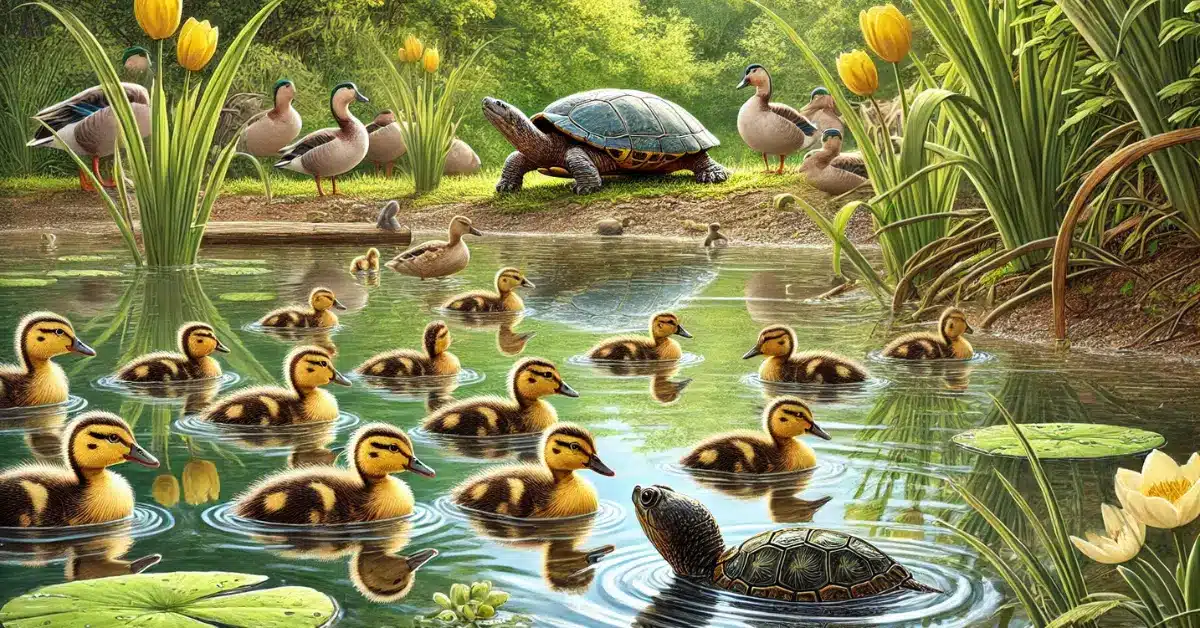Are you wondering what does baby turtle eat and how to help them grow strong and healthy? Whether you’re new to caring for turtles or just curious, this guide covers everything you need to know. At theturtles.info, we explain their natural diet, the best food options, and feeding tips. Keep reading to learn how to give your baby turtle the best care!
Table of Contents
ToggleNatural Diet of Baby Turtles
Baby turtles are fascinating creatures, especially when it comes to their eating habits. Right from the start, they are on a quest to find food that fuels their growth. But what do they actually eat in their natural habitat?
Baby turtles, being omnivores, enjoy a variety of food sources. They munch on both plants and small creatures. This includes tiny insects, aquatic plants, and small fish that are easy to catch. Their natural environment is filled with food options that provide essential nutrients for their development.
As they swim in ponds, lakes, and rivers, baby turtles are always on the lookout for something to eat. They tend to favor protein-rich food, which helps them grow faster.
Essential Nutrients for Baby Turtles
To ensure healthy growth, baby turtles need a balanced diet rich in essential nutrients. Protein, calcium, and vitamins are key for their development. Protein helps them grow strong muscles, while calcium is crucial for building a strong shell and bones. Vitamins, particularly Vitamin D, help in calcium absorption and overall health.
To thrive, baby turtles need a mix of:
- Protein: Found in small insects, worms, and tiny fish.
- Calcium: Found in bones of prey or specialized supplements.
- Vitamins: Mostly gained through sunlight and leafy greens.
A varied diet that includes both plant and animal-based foods ensures they get these nutrients for optimal growth.

Different Types of Baby Turtles and Their Diets:
- Red-Eared Sliders: Primarily eat small fish, insects, and aquatic plants.
- Painted Turtles: Enjoy snacking on aquatic plants, insects, and small invertebrates.
- Snapping Turtles: Prefer a diet of fish, frogs, and occasionally plants.
- Box Turtles Like to eat fruits, insects, and leafy greens.
Each type of baby turtle has specific preferences, but all require a well-rounded diet to grow strong and healthy.
Commercial Food Options for Baby Turtles
Providing the right nutrition to your baby turtle can be easy with the right commercial food options. These specially formulated products ensure that baby turtles get a balanced diet full of the necessary nutrients they need to thrive.
Pelleted Foods for Babies
Pelleted foods are one of the most convenient and effective ways to feed baby turtles. These pellets are packed with all the essential vitamins, proteins, and minerals that support healthy growth. They’re easy to feed and ensure a balanced intake of nutrients.
Freeze-Dried Options
Freeze-dried foods, like shrimp or small insects, are another great option for baby turtles. These retain the nutritional value of fresh food without the hassle of spoilage. Freeze-dried foods are especially useful when feeding baby turtles a high-protein diet, which is crucial for their growth.
Quality Brands and Recommendations
Choosing reputable brands ensures that you’re giving your baby turtle the best possible nutrition. Some top recommended brands for baby turtle food include Zoo Med, Rep-Cal, and Tetra. These brands offer a variety of options designed specifically for baby turtles, meeting their dietary needs.
Reading Nutrition Labels
Always take time to read the nutrition labels on commercial foods. Look for high protein content and ensure there are adequate amounts of vitamins and minerals, particularly calcium. Avoid foods high in fillers or artificial ingredients, as these can be harmful in the long run.
Fresh Food Choices for Baby Turtles
In addition to commercial food, fresh options are excellent for a well-rounded diet. Baby turtles love a mix of live protein sources and fresh vegetables.
- Protein Sources
- Insects and Worms
- Baby turtles enjoy live food, especially small insects like crickets and mealworms. These are rich in protein, which is essential for their rapid growth.
- Fish Options
- Small feeder fish, like guppies or minnows, are a great source of both protein and calcium for baby turtles. Feeding them these occasionally helps mimic their natural diet.
- Vegetables for Babies
Adding leafy greens to their diet is equally important. Vegetables like kale, spinach, and collard greens are rich in vitamins and calcium, which help develop a strong shell and healthy body.
- Safe Plants and Greens
Safe plants, such as duckweed, water hyacinth, and water lettuce, are not only nutritious but can also be placed in the turtle’s habitat for natural grazing. These plants help to keep their diet varied and provide important nutrients.
- Foods to Avoid
Not all foods are safe for baby turtles. Avoid feeding them iceberg lettuce, which has little nutritional value, and high-fat or processed human foods, as these can disrupt their digestive system and lead to health issues.
By offering a mix of commercial and fresh foods, you can ensure that your baby turtle is getting the best possible diet for healthy growth and development.

Feeding Schedule and Portions
Baby turtles need to eat daily to stay healthy and grow strong. A good way to figure out how much to feed them is by giving them an amount of food about the size of their head. Feeding too much can make them gain too much weight, while too little food can slow their growth.
As they grow older, you can start feeding them every other day, but baby turtles need daily meals to help them develop properly.
Creating the Perfect Feeding Environment
Where your baby turtle eats is important. It’s a good idea to feed them in a separate container or tank to keep their main home clean. This way, any leftover food won’t dirty their living space. Also, make sure the water is warm enough when they’re eating. Turtles need warmth to help them digest their food properly.
A calm and safe place to eat helps your turtle feel more comfortable and makes mealtime better.
Common Feeding Challenges
Sometimes, feeding baby turtles can be tricky. Some turtles can be picky eaters. If your turtle doesn’t seem interested in food, try offering different options to see what they like best. Also, if they leave food behind, remove it after about 30 minutes to keep their tank clean.
Turtles might eat less when it’s cold. If you notice this, check the water temperature and make sure it’s warm enough for them to stay active and eat well.
Special Considerations
Different types of baby turtles have different needs. For example, water turtles usually need more protein (like bugs or small fish), while land turtles might prefer more plants as they get older. Always keep an eye on your turtle’s growth. If you notice soft shells or they seem tired all the time, it might mean they aren’t getting the right nutrients.
Turtles also need UVB light to stay healthy. This light helps them get the vitamin D they need, which helps their shells and bones grow strong. By balancing their food and environment, you’ll help your baby turtle grow into a healthy adult.
Read more: Can Turtles Eat Crackers?
Conclusion
Understanding what does baby turtle eat is important to help them grow strong and healthy. Baby turtles need food that is full of protein, vitamins, and calcium. A good diet for them includes commercial turtle food, freeze-dried snacks, and fresh foods like insects, small fish, and leafy greens. It’s also helpful to know what each type of baby turtle likes to eat, like red-eared sliders or box turtles, since their diets can be a bit different.
Remember to feed your baby turtle the right amount, create a good place for them to eat, and watch for any problems with their feeding. By paying attention to their health and food, you can make sure they grow up well.
For more helpful tips and advice on what does baby turtle eat, visit our website at theturtles.info, where you can learn everything you need to know about caring for your turtles!
